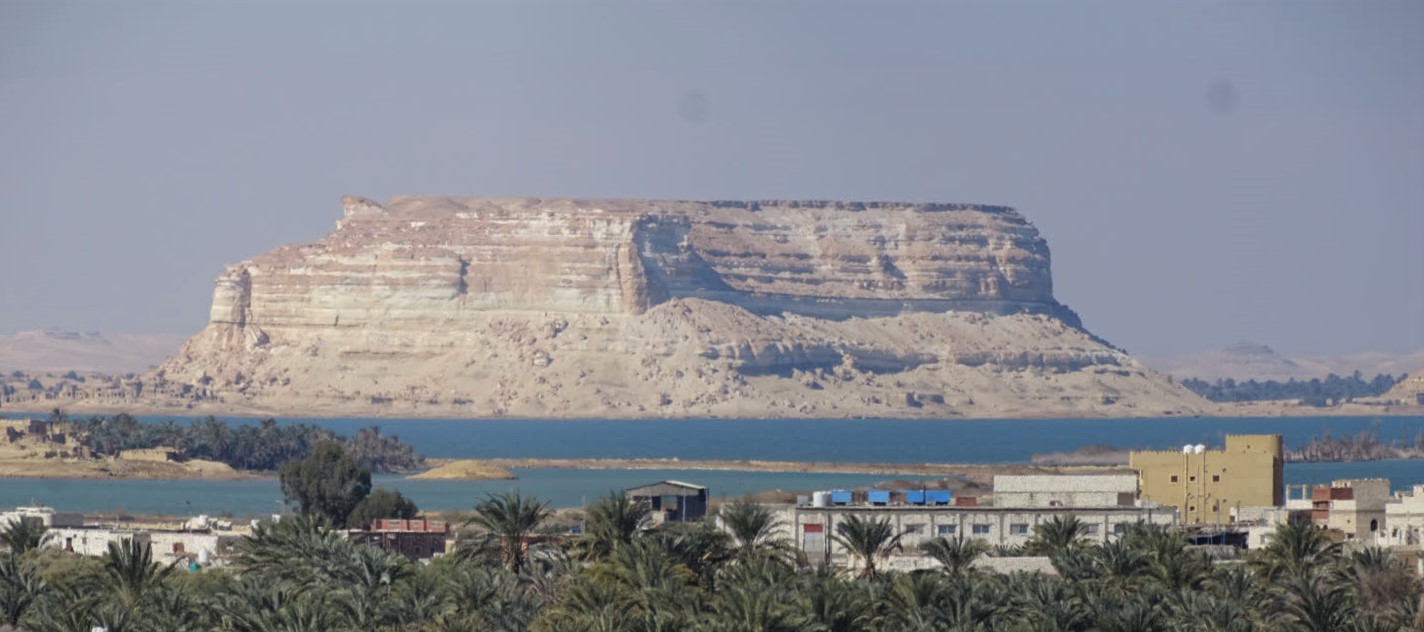Siwa Oasis
Posted February 19, 2020 by JanSiwa
Matrouh Governorate
Arab Republic of Egypt
February 18, 2020
Welcome to Siwa!
The urban oasis of Siwa lies 750 km (466 mi) west of Cairo and only about 50 km (31 mi) east of the Libya border. Consequently, the population of 33,000 is mostly ethnic Berber.
Siwa sits atop the aquifer that begins in Sudan and runs northward in an arc under the Western Desert. South of Siwa, towards Luxor, several other oasis cities lie along the arc and benefit from the springs.
Siwa is blessed with fertile soil, abundant date palms, lakes, streams, irrigation works and scenic hills.

